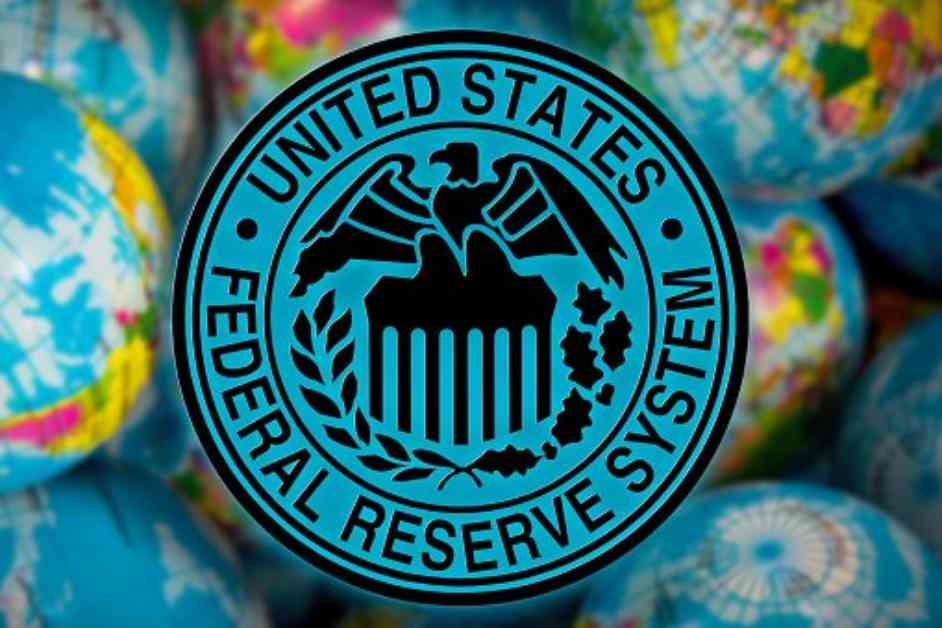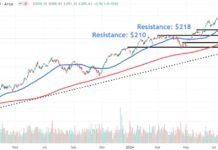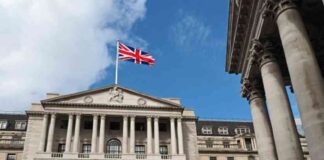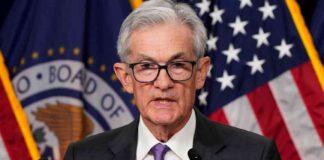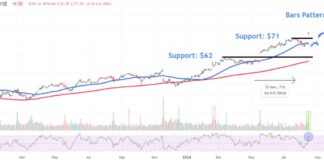Philadelphia Fed President Patrick Harker and Boston Fed President Susan Collins Support Gradual Rate Cuts
Federal Reserve officials are signaling their support for a gradual reduction in interest rates, with Philadelphia Fed President Patrick Harker and Boston Fed President Susan Collins both indicating their backing for this move. Harker emphasized the need to start the process soon, stating, “barring any surprise in the data we’ll get between now and then, I think we need to start this process.” He also stressed that the pace of rate cuts should be “slow and methodical,” indicating a cautious approach to monetary policy adjustments.
Collins echoed Harker’s sentiment, pointing out the progress made in reducing inflation. She noted, “We’ve seen quite a lot of reduction in inflation,” which suggests that the Fed’s efforts to keep inflation in check have been successful. Collins expressed confidence in the overall economic trajectory, indicating that the economy is on the right path. She also highlighted the importance of maintaining a “gradual, methodical pace” in the rate-cutting process to ensure the health of the labor market.
Factors Driving the Call for Rate Cuts
The support for gradual rate cuts from Federal Reserve officials like Harker and Collins is driven by several key factors. One of the primary motivations behind this move is the need to stimulate economic growth. By lowering interest rates, the Fed aims to encourage borrowing and spending, which can boost consumer confidence and drive investment in businesses. This, in turn, can lead to increased economic activity and job creation, supporting overall economic expansion.
Another factor influencing the decision to initiate rate cuts is the current state of inflation. The Fed closely monitors inflation levels to ensure that they remain within target ranges. By reducing interest rates, the Fed can help prevent deflation and maintain price stability. Lower interest rates can also make borrowing more affordable for consumers and businesses, which can further support economic growth and stability.
Additionally, global economic conditions play a significant role in shaping the Fed’s decision-making process. Uncertainty surrounding trade tensions and geopolitical risks can impact financial markets and economic growth prospects. By implementing gradual rate cuts, the Fed aims to mitigate these external risks and support domestic economic resilience. The interconnected nature of the global economy underscores the importance of coordinated monetary policy actions to address emerging challenges and promote sustainable growth.
Implications of Gradual Rate Cuts
The decision to pursue gradual rate cuts has important implications for various sectors of the economy. For consumers, lower interest rates can translate into reduced borrowing costs for mortgages, auto loans, and credit cards. This can make it more affordable for individuals to finance big-ticket purchases and manage their debt obligations. Lower interest rates can also lead to higher disposable income for households, enabling them to increase their spending and savings.
Businesses can also benefit from lower interest rates through cheaper access to credit for expansion and investment projects. Lower borrowing costs can improve profit margins and incentivize companies to take on new ventures or upgrade their operations. By lowering the cost of capital, rate cuts can stimulate business activity and drive innovation, ultimately contributing to long-term economic growth.
However, there are potential downsides to consider as well. As interest rates decline, savers and investors may see lower returns on their deposits and investments. This can impact retirees and individuals relying on fixed income securities for their financial well-being. Moreover, prolonged periods of low interest rates can distort market dynamics and create asset bubbles in certain sectors, posing risks to financial stability.
Challenges in Implementing Rate Cuts
While the prospect of gradual rate cuts may seem beneficial for stimulating economic growth, there are challenges associated with implementing this monetary policy tool. One of the key considerations is the timing of rate cuts and their effectiveness in achieving the desired outcomes. The Fed must carefully assess economic indicators and data to determine the optimal timing for rate adjustments to avoid negative repercussions on financial markets and investor confidence.
Another challenge is managing market expectations and communication around rate cuts. Clear and transparent communication from the Fed is essential to prevent uncertainty and volatility in financial markets. Fed officials must effectively convey their rationale for rate cuts and provide guidance on the expected trajectory of monetary policy to guide market participants and stakeholders.
Moreover, the potential impact of rate cuts on inflation and employment dynamics must be carefully monitored. While lowering interest rates can support economic growth, excessive stimulus measures can lead to inflationary pressures or labor market imbalances. The Fed must strike a delicate balance between supporting growth and maintaining price stability to ensure sustainable economic development.
In conclusion, the support for gradual rate cuts from Federal Reserve officials like Harker and Collins reflects a proactive approach to managing economic challenges and promoting sustainable growth. By carefully navigating the complexities of monetary policy, the Fed aims to support consumer spending, business investment, and overall economic stability. The implications of rate cuts extend beyond interest rates to impact various sectors of the economy, requiring a comprehensive understanding of the interconnected dynamics at play. As the Fed continues to assess economic data and external risks, the implementation of gradual rate cuts represents a strategic response to evolving economic conditions and global uncertainties.
